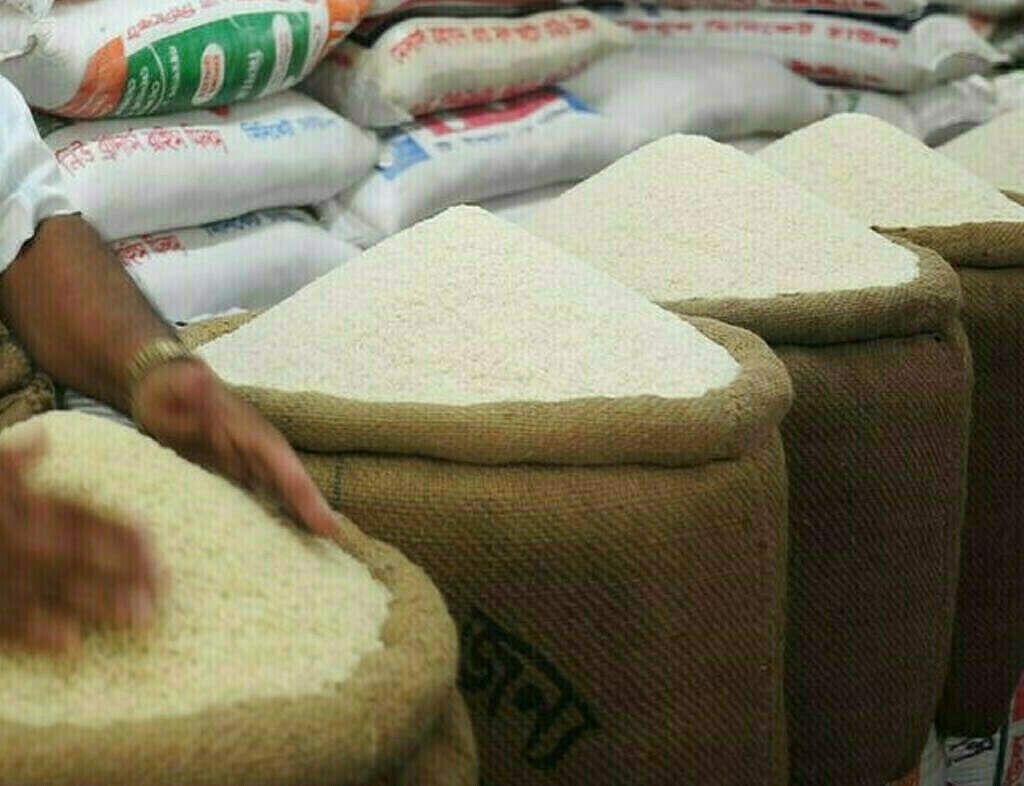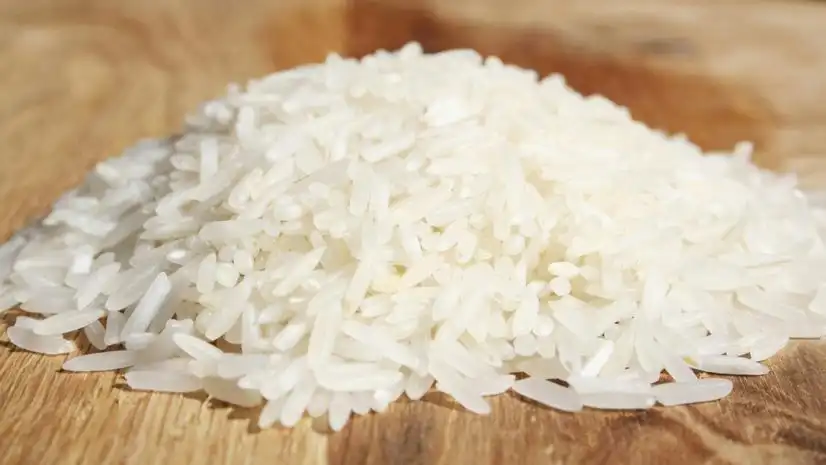Tags
Researchers Identify Silicon Transporter in Rice
Identified membrane transporter in rice that regulates the accumulation and localization of silicon in the leaves.

Silicon (Si) is abundant in terrestrial environments and accounts for 0.1% to 10% of a plant’s dry weight. Certain plant species show high levels of Si accumulation, and research has identified high Si accumulation as a protective mechanism against abiotic (drought, cold, heat) and biotic stressors (living organisms). Oryza sativa (rice) can store Si to the tune of 10% of the dry weight of shoots (stem, leaves, flowers), and Si is vital for stable grain production. High degree of Si deposition is believed to mitigate against damage caused by pests, pathogens, and nutrient imbalances. In rice, Si uptake is governed by two different types of root transporters, but the specific machinery involved in cell-specific Si deposition in rice leaves remains a mystery.
Researchers at Okayama University, Japan, have found that the Silicon Efflux Transporter 4 (SIET4) facilitates the localization of Si in rice leaves. Their functional analyses detailing the effects of SIET4 deletion mutants were published in Nature Communications on October 19, 2023. The project was led by Dr. Jian Feng Ma, a Professor at the Institute of Plant Science and Resources at Okayama University. The report was co-authored by Dr. Namiki Mitani-Ueno, Dr. Naoki Yamaji, Dr. Sheng Huang, and Dr. Takaaki Miyaji, also from Okayama University. “My research group has been probing the molecular mechanisms that underpin rice’s capacity to accumulate high Si for a while now,” says Dr. Ma. He further adds, “However, while we had identified the transporters that enable the uptake by the roots and root-to-shoot translocation of Si, we were yet to determine how Si was deposited in the leaves.”
The team utilized an array of experiments to understand the role of SIET4 in leaf Si accumulation. These included generating knockout mutants—where a target gene is destroyed—and the functional characterization of SIET4 to compare the transcription profiles of wild-type (WT) rice and SIET4 mutants. The team also profiled the transport activity and cellular localization of SIET4. “We confirmed that SIET4 encoded a Si transporter and was constitutively expressed in WT rice leaves. Moreover, the transporter was confined to the distal side of epidermal and bulliform cells (assist in rolling of leaves to avoid water loss) of the leaf blade,” says Dr. Ma. Unlike WT rice, plants that lacked SIET4 displayed inhibited growth and eventually died when grown in the presence of Si in nutrient solution and soil. Other characteristic features of the SIET4 mutants were diminished roots and shoots, abnormal Si deposition in leaf mesophyll cells, and the induction of many stress response genes. This finding indicates that the improper accumulation of Si in undesignated tissue was akin to the plant responding toward an environmental stressor. Taken together, the team’s data pointed to SIET4 being vital to the proper export of Si from leaf cells to the leaf surface and for the healthy growth of the plant.
This presents a paradigm shift as it was long believed that Si was the only element found in such abundance in the soil that did not damage a plant. In the case of rice, these findings show that intricate processes like earmarking Si accumulation for the leaf ensure survival. The report represents 10 years of research coming to fruition, but Dr. Ma is steadfast in his resolve. He concludes, “This work has the potential to broaden our understanding of how plants accumulate high Si. We hope to find genes like SIET4 in other plant species so we can address improving the productivity of many more important crops.”
https://www.technologynetworks.com/applied-sciences/news/researchers-identify-silicon-transporter-in-rice-380851Published Date: November 9, 2023






